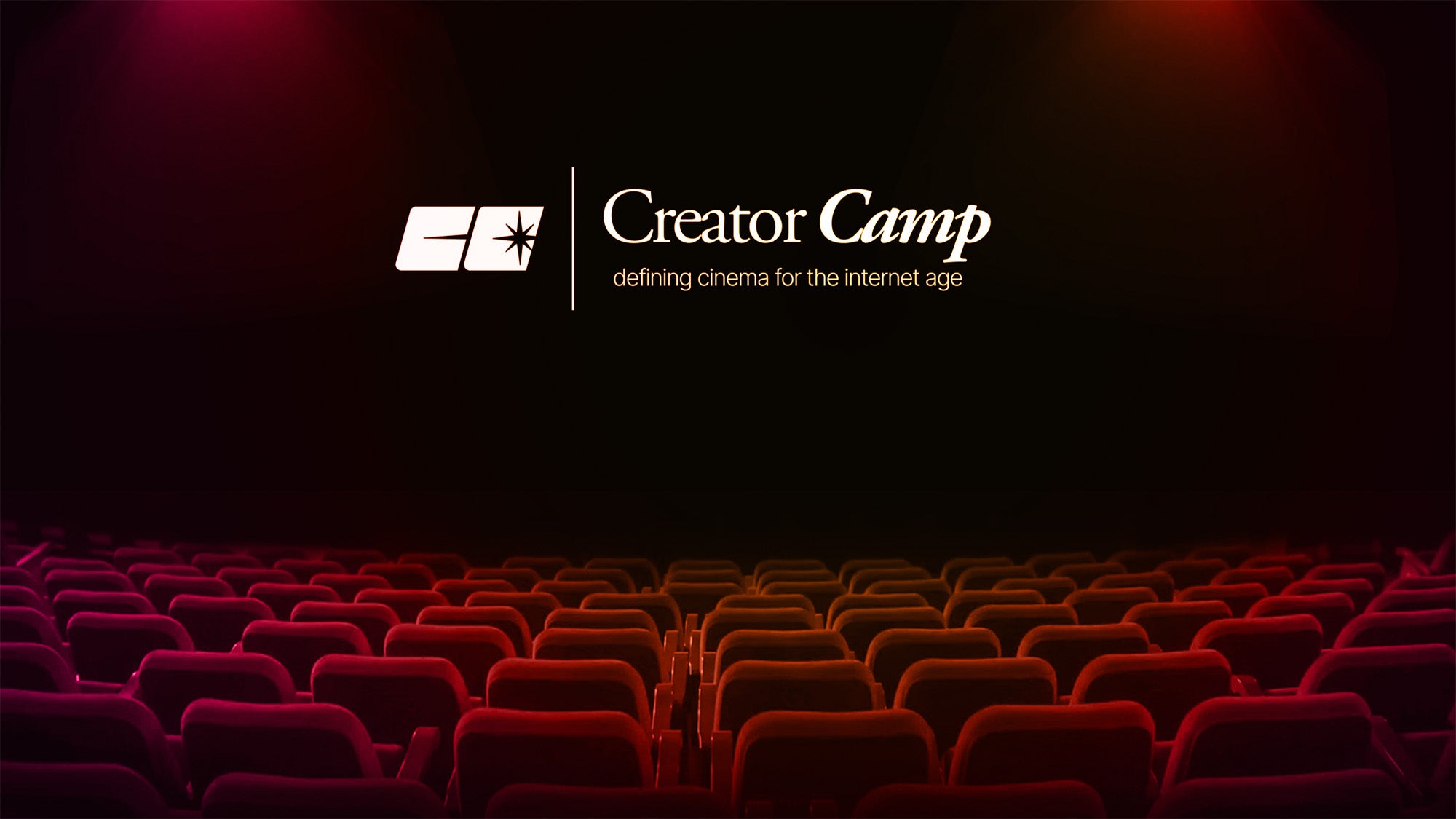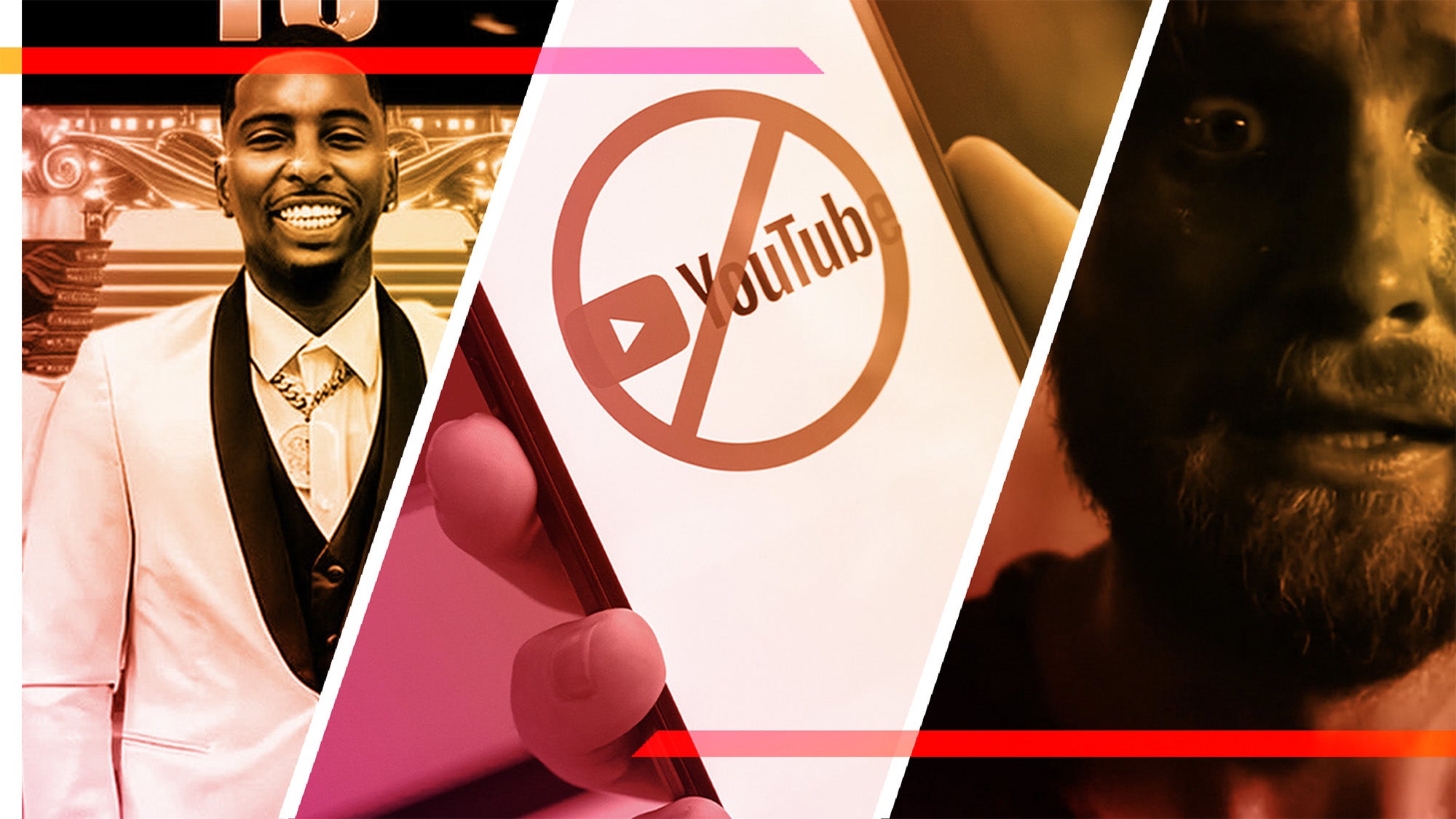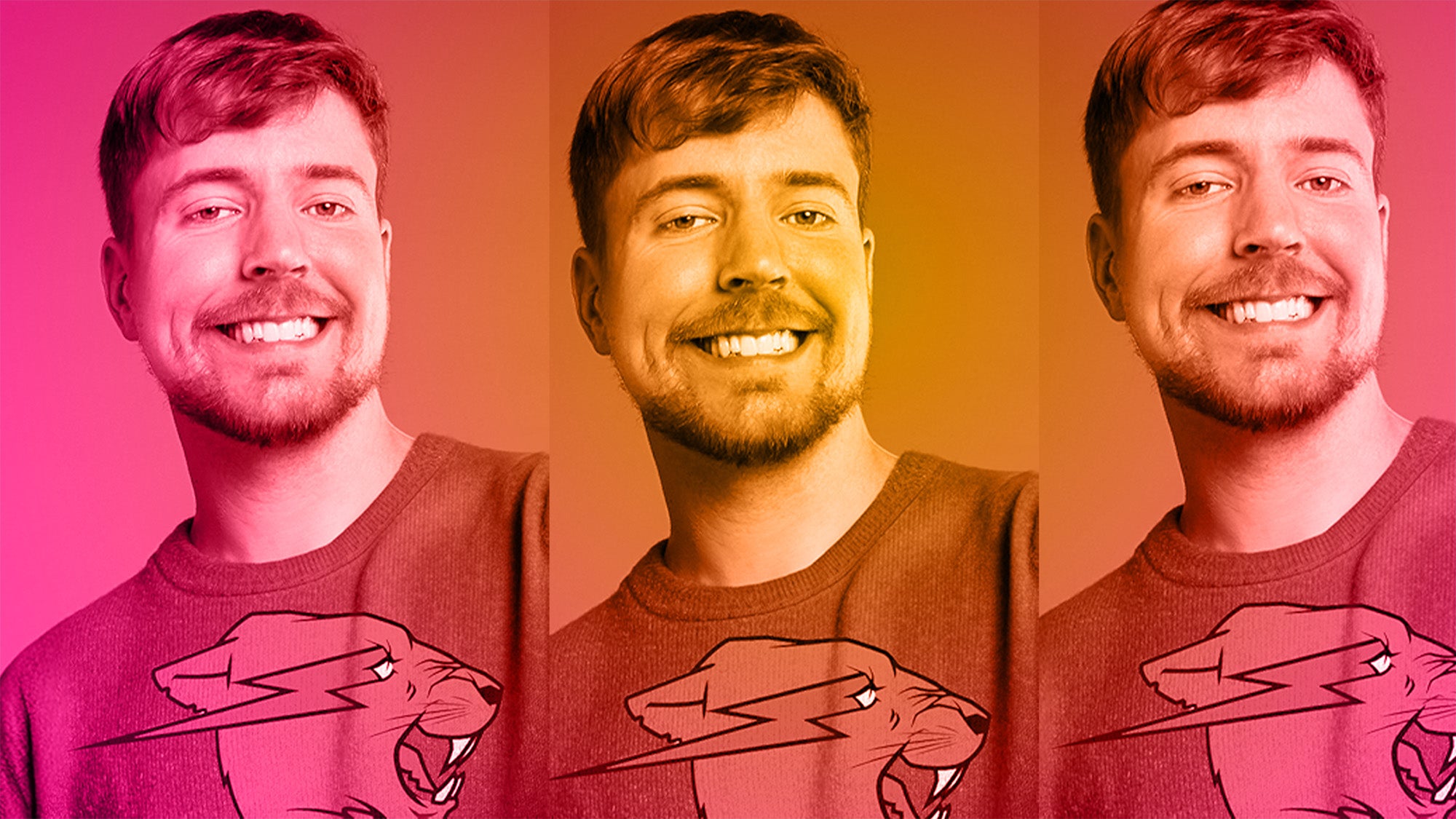
I’ve been self-employed as a writer, podcaster, and game designer for years. And one of the hardest things about working for yourself is keeping on top of everything you’re responsible for. When you’re your own booker, writer, editor, photographer, and so on, things fall through the cracks. Creator productivity is a battle, but it’s one you can win.
Here’s how I stay sane and productive.
Creator Productivity and You: How To Get Your Work Done Without Burning Out
1) Write Everything Down
This is the first step, and it’s a big one. Whenever I have an idea for a project or remember something I must do, I write it down. I use a task management app called Omnifocus that syncs between my phone and Macbook, but you can use anything for this.
The important thing is that you collect every relevant, actionable idea you have in one central, accessible location. No post-it notes around the house, no piles of to-do lists.
If you’ve never done this before, it’s best to take a day or two to do what’s called a “brain dump.” Write down everything you have to do, from big projects to minor tasks. This includes everything from “start a YouTube channel” to “take your broken phone to Apple Store.” We’ll worry about organizing this stuff later. The main thing at this point is to get everything out of your head.
Why is it so important to write things down? Knowing you have everything you need to do out of your head and on paper frees up your brain. You’ll probably find you’re better at being creative when you’re not worried about remembering things.
2) Review Your Pile
Writing things down isn’t enough to be productive, though. For that, you have to actually engage with your pile of stuff. You want to go through each of the things you’ve written down and figure out what to do with it. Is it a task you can actually accomplish?
A bigger project that’s going to require multiple steps to complete? Or just some useful information you want to hold onto? You can start organizing your pile of undifferentiated stuff here, and there are lots of ways of doing that.
The main thing at this phase is to make sure you’re breaking down your list into items you can actually complete. Part of the problem with a lot of to-do lists is that they’re just lists of random phrases and items. Don’t be afraid to get really specific!
If you’d normally just write “YouTube video” on your to-do list, break that down into actionable tasks. That might mean items like “write script,” “shoot video,” “edit footage,” and so on.
3) Group Your Tasks
If you can just write everything down and break it into tasks, you’ll be ahead of most people. But it can still be overwhelming to look at a huge to-do list. That’s why I like to organize my tasks with tags.
One of the big problems with doing work on a computer is that most of your tasks are available to you at all times. Sending an invoice, finding royalty-free music, and editing an image are all very different kinds of tasks.
For me, grouping similar tasks helps me blow through a lot of them at once. If I have fifteen minutes between meetings, I can get into email mode and check several off my list.
How should you group your tasks? It’s really up to you. Start by trying to find common actions you need to carry out in your day-to-day work, like looking things up, communicating via phone calls or email, writing, and so on.
4) Make a Schedule and Stick to It
One reason many people want to be digital content creators is because of the freedom a career in content creation can afford. And yes, it’s nice not having to be in an office eight hours a day, five days a week. But that freedom means that you also need to structure your own time effectively.
Everybody’s different in terms of when they do their best work. Despite what YouTube productivity gurus might tell you, you don’t necessarily have to get up at 5 AM to have a productive day. That said, having a wildly varying schedule from day to day isn’t helpful for most people.
You might want to combine your schedule with grouping or tagging your tasks. For example, maybe you set aside an hour every morning for writing. That means you’re working on any tasks that involve writing, regardless of what project they are. Maybe you have a mid-afternoon energy lull and need some easy wins. In that case, you could build in time for sending emails or tidying up your space.
5) Friction is Your Friend
Set yourself up for success by structuring your workspace effectively. For example, if you’re a gamer, then working on the same PC that you play games on means resisting an ever-present temptation.
Having a separate work laptop or using software to prevent yourself from playing games during the time you’ve set for work might be the solution. Increasing the friction involved in engaging in distractions can be a big help in being productive.
Conversely, you can try to reduce the friction involved in doing your work. Say you want to write when you get up in the morning. Have Google Docs or your preferred writing app open and ready to go on your computer when you start it up.
6) Stay On Top of Your System
Once you set up a workflow, it’s important to revise it every once in a while. For example, if you keep writing stuff down but never take a look at your list, it’ll quickly become unmanageable. I like to set aside a little time every week to review my Omnifocus inbox and decide what to do with everything I’ve put in there since the last time. This means I’m free to drop things in there throughout the week, knowing I’ll take a look at them in a few days. Oh, and during that weekly review, I also like to bring my email inbox down to zero. I know there are some of you out there who can live with 20,000 unread emails, but that’s not me.
7) Do Your Research
My thoughts on productivity have been greatly influenced by David Allen’s book Getting Things Done. If you’re interested in thinking through your working process, I’d highly recommend it.
Another book that’s been helpful to me, as cliché as it’s become, is The 7 Habits of Highly Effective People. That book takes a bigger picture perspective than GTD, but it’s useful for clarifying your goals and values. One of the book’s most useful ideas is putting the “big rocks” first.
That means when you’re planning out your day or week, make time for the intense, meaningful, or complex tasks first. You can always find time for little things like returning emails in between those “big rocks.”
8) Don’t Burn Out
When it comes to knowledge and creative work, more hours don’t always equal more or better work. If you keep working past when you’re exhausted, odds are that you’ll do sloppy work. That means you’ll have to spend more time fixing it later. Productivity is about consistently putting in the effort but also knowing when to stop and rest. And that’s something you’ll only really learn with experience.




